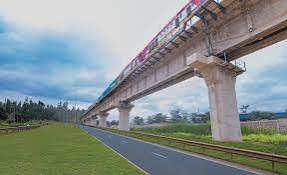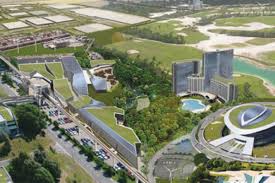Kenya continues to achieve tremendous progress in Building Kenya’s Future: Transformative Infrastructure Projects Under Vision 2030 Newly Industrialized Middle-Income Economy by the year.
Nairobi-Mombasa Expressway
This ambitious vision includes a large number of projects of different types and for different purposes such as transportation, residential, energy, tourism, etc. Among them are the Nairobi-Mombasa Expressway a core infrastructure that is deemed to cost about US$ 3. This expressway is under construction through public private partnership (PPP) in a bid to highlight Kenya’s strategic policy of incorporating private parties into the development of more extensive infrastructure assets, moreover this expressway will play an important role as a transport corridor between Nairobi which is the capital of city of Kenya and the second largest city of Mombasa which is the commercial hub and largest port city of the country.
Nairobi-Mombasa Expressway is expected to greatly cut down on the time needed for transport between the two cities and enhance business and economic activities within the corridor.
Housing projects
In the housing sector the country is facing a persistent housing deficit whose current requirement is estimated at over 200,000 housing units per year. However, to meet this challenge, the government has incorporated the construction of low-cost houses in its Vision 2030 agenda. The private sector has been urged to help in deploying technologies for rapid construction to meet this demand. These efforts are part of a larger plan to enhance the well-being of the people within the urban areas and tackle the lack of shelter. Fuel and power is another sector that is receiving focus apart from transport and shelter.
The Kenya Electricity Generating Company is taking steps to enhance proposals to add 82. They proposed an additional 5 MW of solar power, 100 MW of wind power, in addition to expanding geothermal and hydroelectric capabilities. These are some of the measures that Kenya has embarked on as it seeks to meet its increasing energy needs without compromising on affordable and renewable energy. These infrastructure projects depict Kenya’s desire to put a solid structure for economic growth through increased access, shelter and energy security which are key determinants of the country’s long-term vision.
Read also Construction of the Africa’s First Nuclear Energy Training Hub launched in ghana

